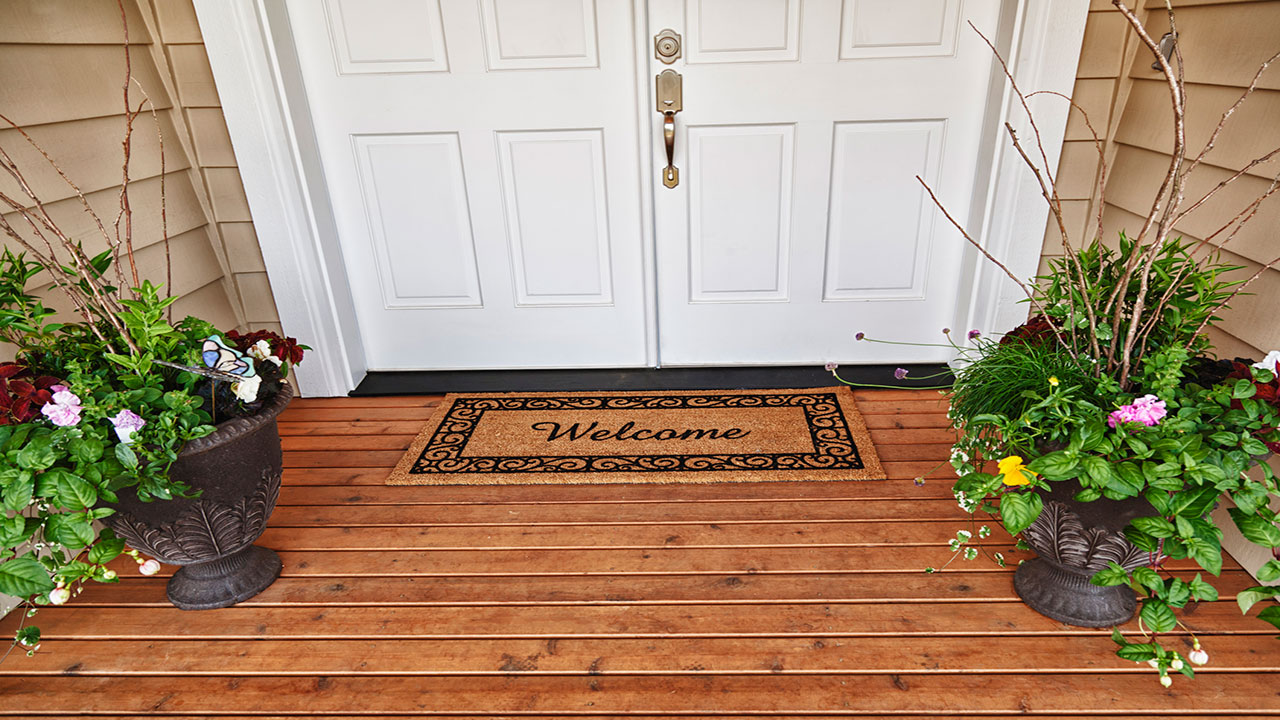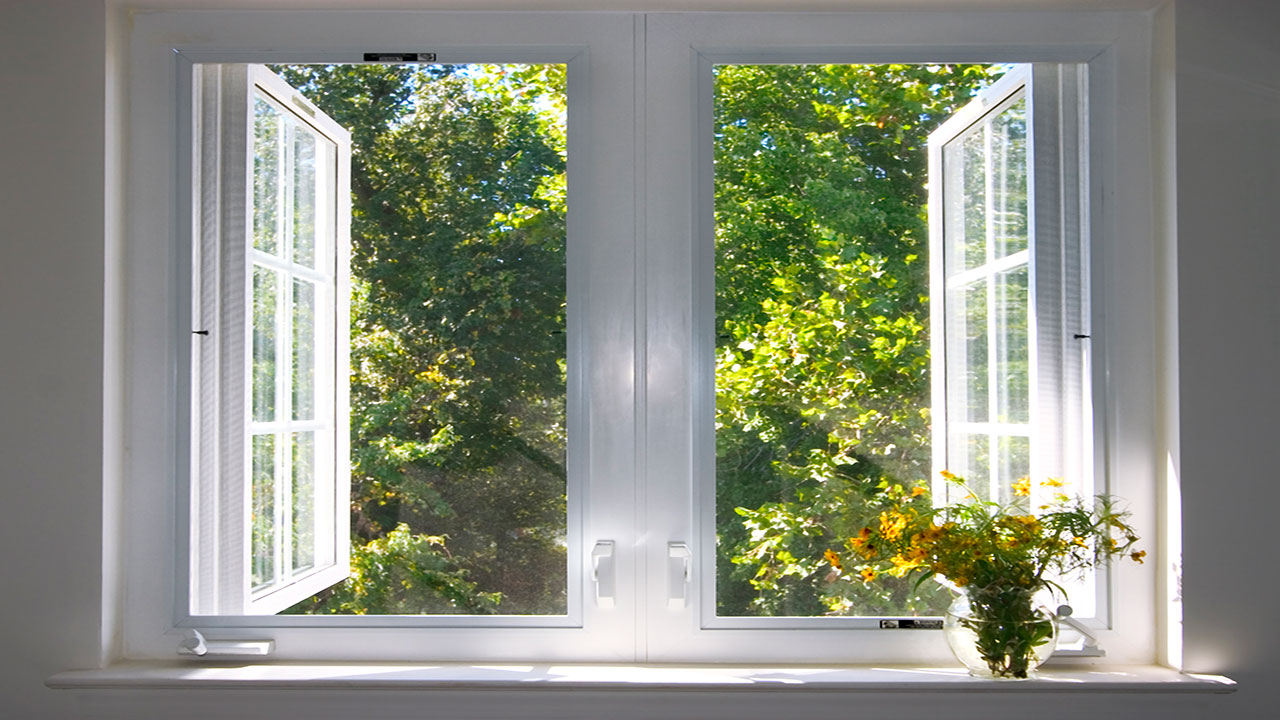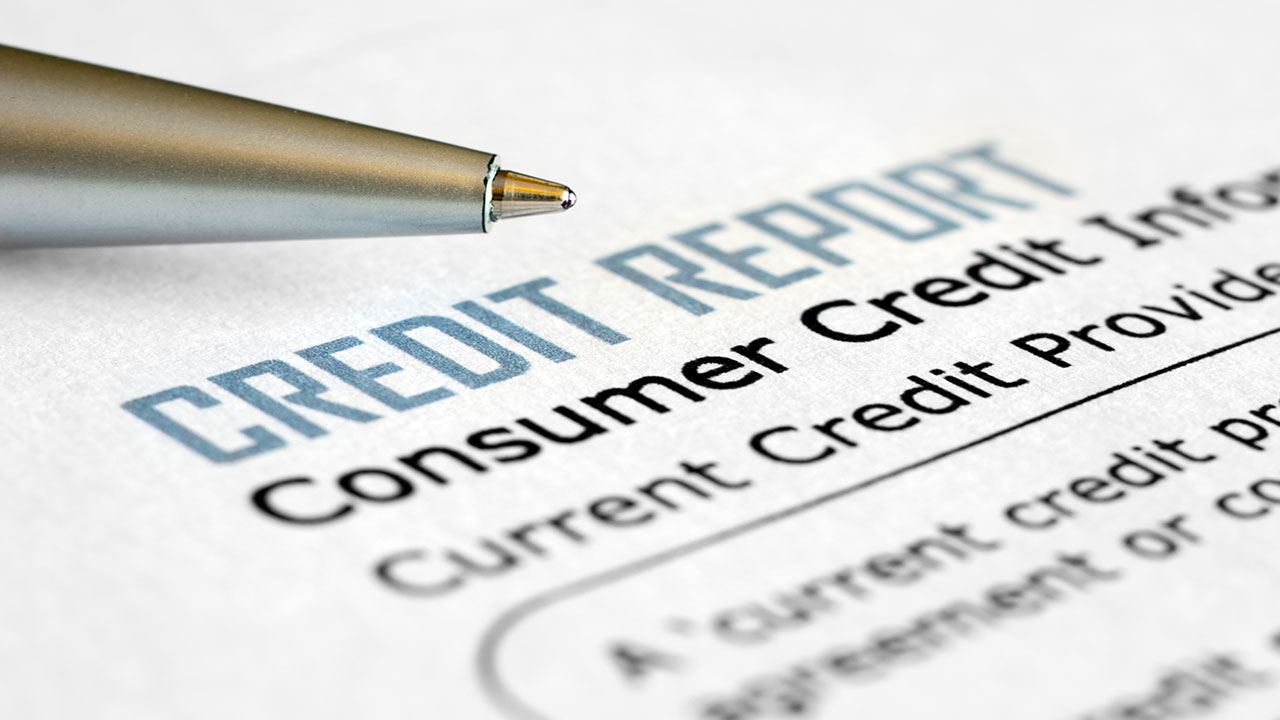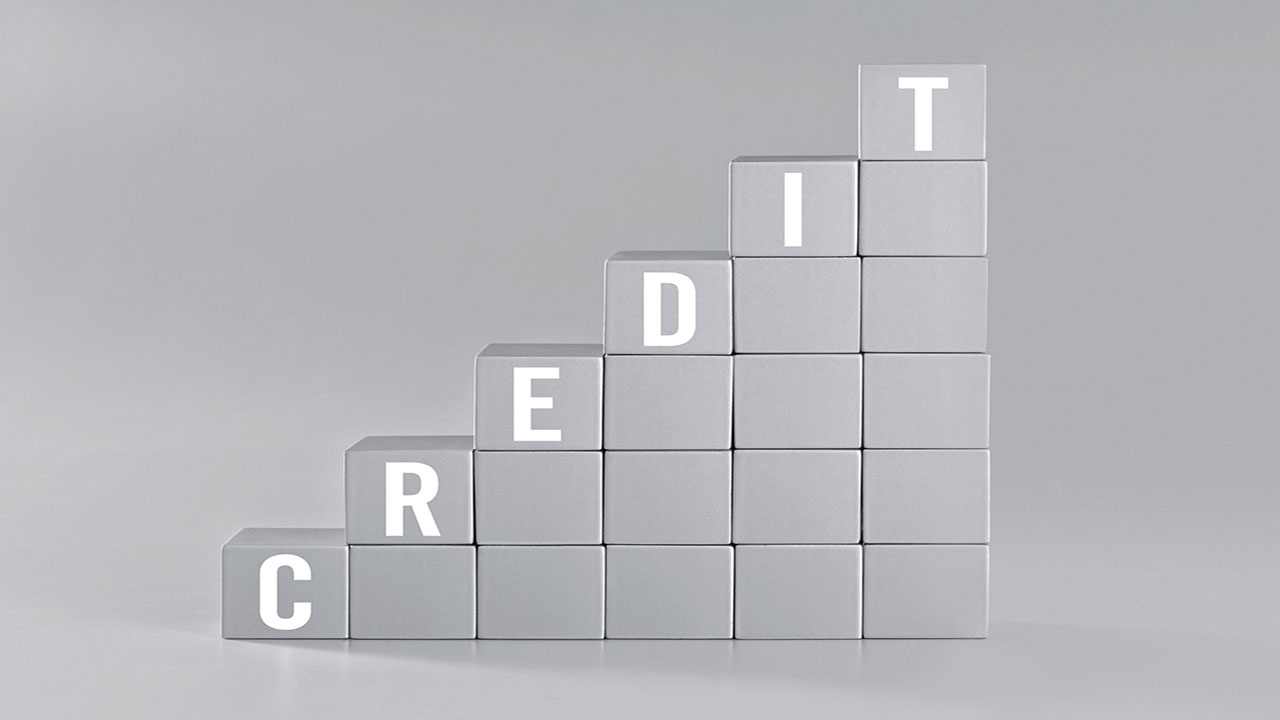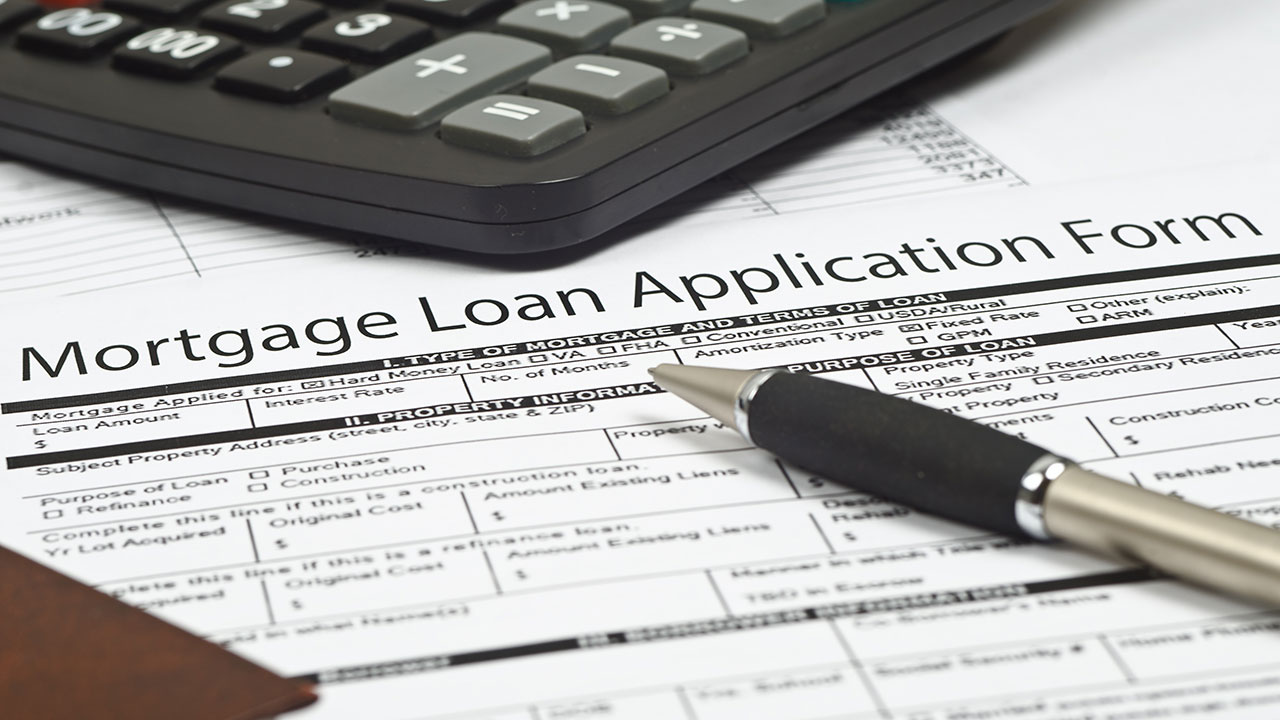7 Ways to Eliminate Pet Odors Before Listing

You might be sharing your home with a furry friend or two, but those cute critters have a tendency of leaving foul odors behind. While you might not notice these smells that much, buyers will. You can be sure that any bad odors from your pets will be a huge turnoff for buyers who may otherwise have been inclined to put in an offer on your home.
Here are some ways to help you get rid of those awful scents before the first prospective buyer walks through your front door.
1. Open the Windows

One of the first things you should do to eliminate odors is open up all windows of the home and leave them open for a few hours. It only takes a minute to do and is highly effective. Letting all that foul odor out while allowing fresh air in can help circulate all those smells and refresh your indoor air. Try to make it a point of airing out your home at least once a week.
2. Wash Your Window Drapes
Bad smells have a knack for lingering on softer surfaces like fabric. Take down all those drapes hanging by your windows and throw them in the wash to rid them of any pet odors and refresh them with a renewed scent.
3. Steam Clean Your Upholstery

Not only should your drapes be laundered, so should your upholstery. Pet odors can easily linger on the surface of your sofas and chairs, especially if your furry friend has a tendency to lay on them.
Simply spraying them with cleaning solution isn’t going to do the thorough job that needs to be done. Instead, you should consider having your upholstery steam cleaned – either done yourself or by a professional – in order to eliminate any microscopic smells that surface cleaning won’t remove.
4. Shampoo Your Carpets
If you’ve got any wall-to-wall carpeting in your home, you may need to have it shampooed. But before you take this step, try deodorizing the carpeting by sprinkling some baking soda all over it and let it sit for a few hours to trap any odors. After that, vacuum it all up to get rid of the baking soda and the trapped smells along with it.
If this doesn’t do the trick, then you may have to deep-clean the carpets in the form of shampooing. You can either do this yourself by renting a carpet shampooer from your local home improvement store or hire the pros to do it for you. Shampooing your carpets can be tricky because you don’t want to use too much soap, which will make it hard to eliminate all the suds. In addition, you want to make sure the carpet is entirely dry before replacing any furniture on it.
You might also want to try using a HEPA vacuum, which is designed to trap minuscule particles that the naked eye can’t see. The filters in HEPA vacuums can remove years’ worth of pet dander and odor build-up in carpeting. Again, you can rent this piece of equipment to get the job done.
5. Clean Your Pets Toys

The surface of your pet’s toys contain all sorts of odor-producing particles after being chewed on all day long, so be sure to thoroughly wash these items as part of your overall strategy to eliminate pet odors from your home. And don’t forget to clean and wash your pet’s bowls, bed, cage, and litter box/pee pads too.
6. Change Your HEPA Filters
Ideally, your home should be outfitted with a HEPA air filtration system which is designed to traps particles like pet dander, dust mites, pollen, and even cigarette smoke. Not only are these highly effective in eliminating odors, they’re also fantastic for improving the overall air quality in a home. This makes for a much safer and pleasant interior.
That said, the filters on HEPA air filtration systems need to be replaced every so often. These filters can become inundated with debris after working so hard to clean the air. Regularly changing them can ensure that they are working properly to continue eliminating odors from your home, including those that come from your beloved pet.
7. Repaint Your Walls
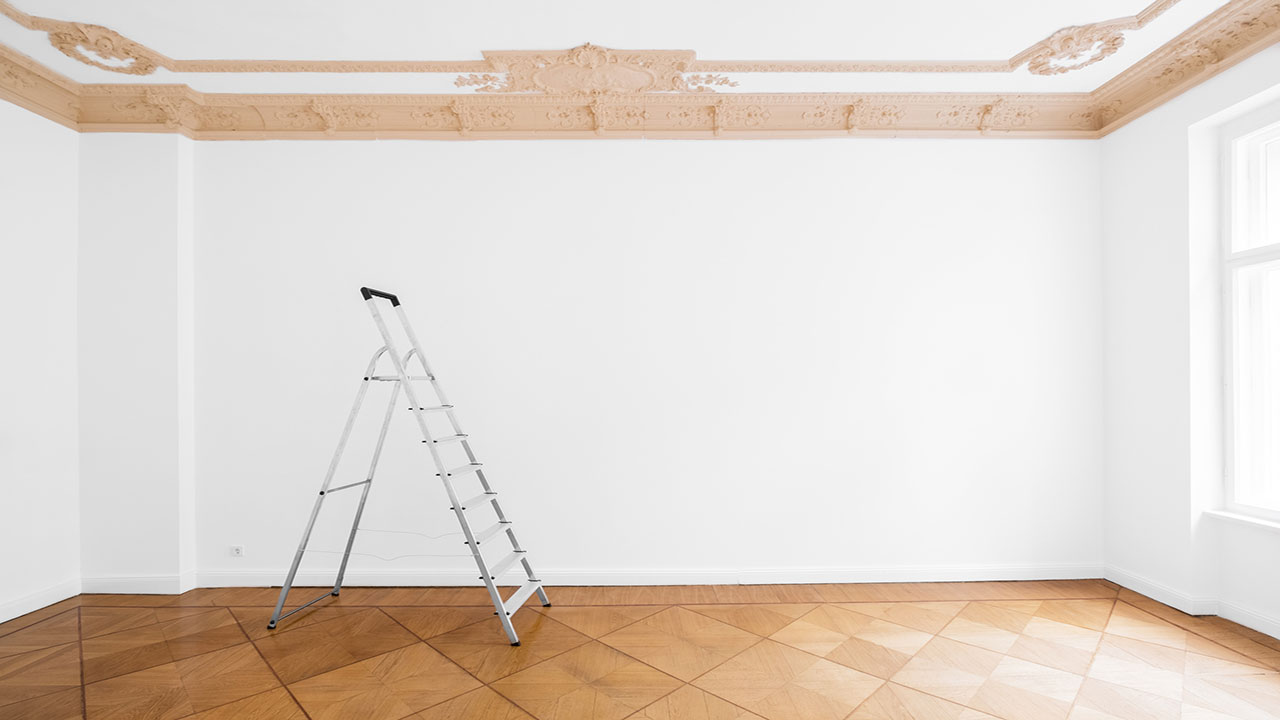
Sealing your walls can help get rid of any unwanted pet smells that are lingering around on these surfaces. You can easily seal your walls by either applying a sealant product appropriate for drywall, but also by giving your walls a fresh coat of paint. Not only will you be able to effectively rid your home of these unpleasant smells, but you’ll also be giving your home a facelift at the same time.
The Bottom Line
Before you list, it’s imperative that you take steps to prep your home for visiting buyers, and one of the tasks on your list is to ensure your home has a pleasant smell. While you don’t want to overpower your home’s interior with strong smells in an effort to mask any odors from your pets, you do want to neutral the smell and leave it smelling clean. If you’ve got a pet as part of the family, keep these tips in mind to keep any bad odors at bay.




